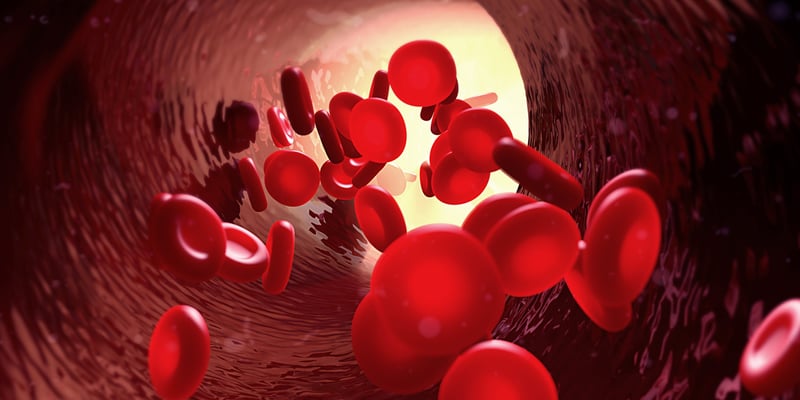Diabetes, when present in the body over many years, can give rise to all sorts of complications. These include heart disease, kidney disease, retinopathy and neuropathy
If left untreated, some of these complications can become extremely damaging to the body.
Diabetes is a leading cause of amputation
The NHS reports that people who have diabetes are 15 times more likely to undergo amputations than other people without the condition.
Diabetes is one of the leading causes of amputation of the lower limbs throughout the world. Charity Diabetes UK notes that problems of the foot are the most frequent reasons for hospitalisation amongst patients who have diabetes.
Many hospital visits due to diabetes-related foot problems are preventable through simple foot care routines
All people who have diabetes should have foot check-ups as a part of their regular care routine.
What factors lead to amputation?
Several key factors usually predispose ulceration and ultimately amputation. These include:
- Neuropathy
- Circulation problems
- Foot ulcers
- Charcot foot
- Other damage to the foot
How are these factors assessed?
Diabetic foot complications are more common amongst the elderly, and amputation rates do increase with age. For people over 75 years old, the risk does increase considerably.
All people who have diabetes should have a basic education in foot care, and beyond this they should have regular foot examinations
The risk for the development of ulceration can be assessed by basic clinical examination of the foot.
What are major and minor amputations?
Amputations in general, not just diabetes-related amputations, are classed as major and minor.
- Minor amputation regards removal of toes or feet
- Major amputation refers to the above or below the knee amputation.
How should I identify a foot at risk from amputation?
Look for any signs of damage to the foot, this could be cuts, sores, burns, blisters or ulcers. In people with reduced circulation or sensation in the foot, even small damage could be significant.
- Please see: Diabetes Footcare









